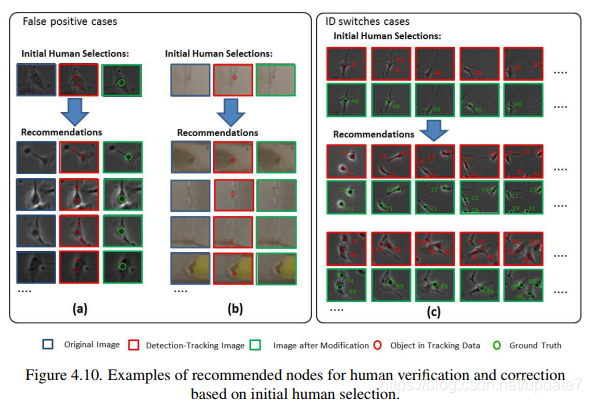生物醫學目標的分割與跟蹤

本文為美國密蘇里理工大學(作者:MINGZHONG LI)的博士論文,共80頁。
研究生物醫學體的行為模式有助於科學家瞭解其潛在機制。利用計算機視覺技術,自動監測可以實現高效和有效的生物醫學研究分析。在昆蟲群監測、惡性細胞檢測與分割、人體器官分割和納米粒子跟蹤等研究領域有著廣闊的應用前景。一般來說,計算機視覺技術在生物醫學目標監測中的應用包括以下幾個階段:檢測、分割和跟蹤。每個階段的挑戰都可能導致自動化監測結果不令人滿意。這些挑戰包括不同的前景背景對比度、快速運動模糊、雜波、目標重疊等。本文研究了每一階段的挑戰,並提出了新的計算機視覺解決方案來克服這些挑戰,幫助生物醫療目標在不同環境下實現高精度的自動監控案例。
Studying the behavior patterns ofbiomedical objects helps scientists understand the underlying mechanisms. Withcomputer vision techniques, automated monitoring can be implemented forefficient and effective analysis in biomedical studies. Promising applicationshave been carried out in various research topics, including insect groupmonitoring, malignant cell detection and segmentation, human organ segmentationand nano-particle tracking. In general, applications of computer visiontechniques in monitoring biomedical objects include the following stages:detection, segmentation and tracking. Challenges in each stage will potentiallylead to unsatisfactory results of automated monitoring. These challengesinclude different foreground-background contrast, fast motion blur, clutter,object overlap and etc. In this thesis, we investigate the challenges in eachstage, and we propose novel solutions with computer vision methods to overcomethese challenges and help automatically monitor biomedical objects with highaccuracy in different cases.
1. 引言
2. 生物醫學目標檢測
3. 生物醫學目標分割
4. 生物醫學目標跟蹤
5. 結論與展望